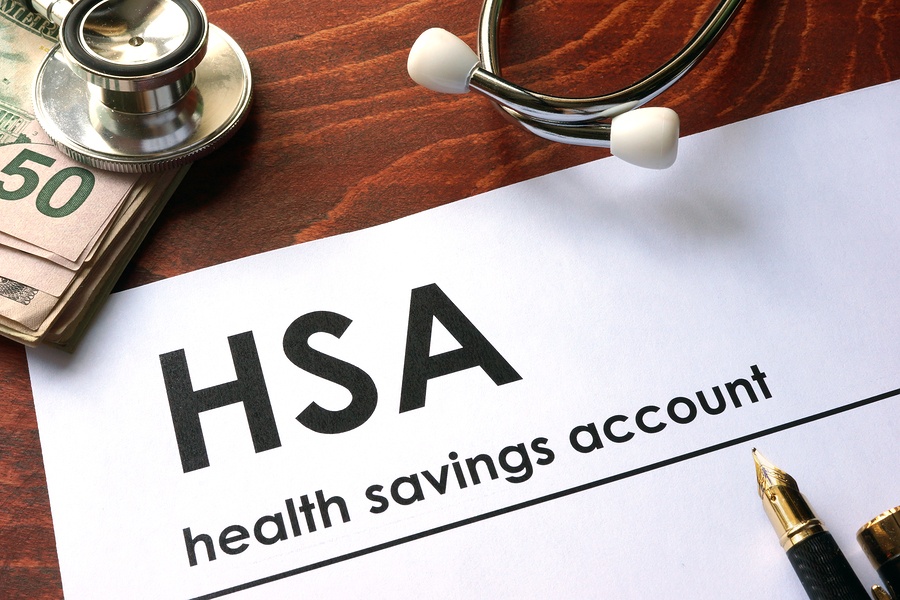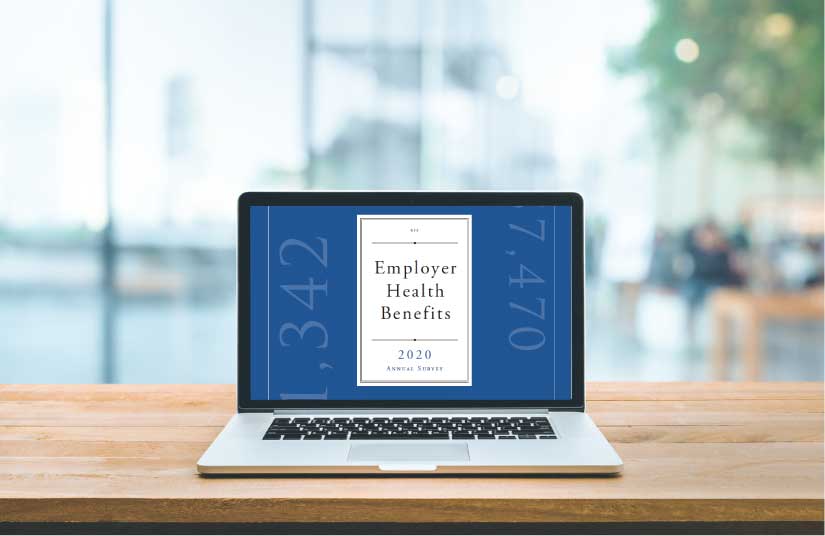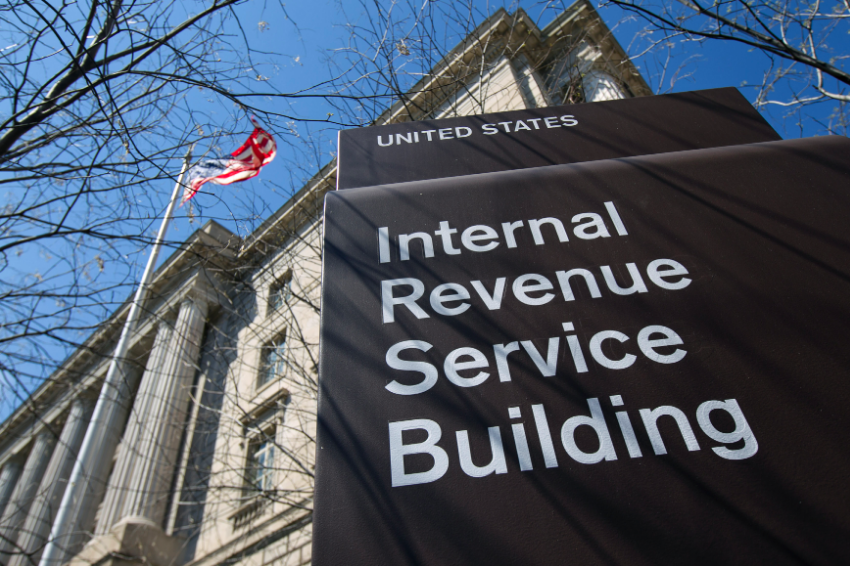Employers that are interested in cutting their health care expenses are likely familiar with telehealth. This is the process of communicating with a doctor via an app, or a webcam and computer. During the COVID-19 pandemic, telehealth usage skyrocketed, making it one of the most popular ways to receive health care.
As such, employers should stay apprised of notable telehealth trends to ensure they stay competitive and provide the best health care options to their employees. This article discusses five telehealth trends to watch for in 2021.
1. More Patient Utilization of Telehealth
As was stated, telehealth exploded in popularity during the COVID-19 pandemic. To put that into figures, nearly half (43.5%) of Medicare primary care visits in April 2020 were made using telehealth, according to the Department of Health and Human Services. And even before the pandemic, year-over-year utilization was up 33% in early 2020, according to Medical Economics.
If these statistics aren’t enough to prove that telehealth is here to stay, look instead at market projections. The telehealth market is estimated to surmount $185 billion by 2026, according to Fortune Business Insights. Considering the market was only worth around $34 billion in 2018, this shows how much of an impact telehealth has made on the health care industry.




.jpg)

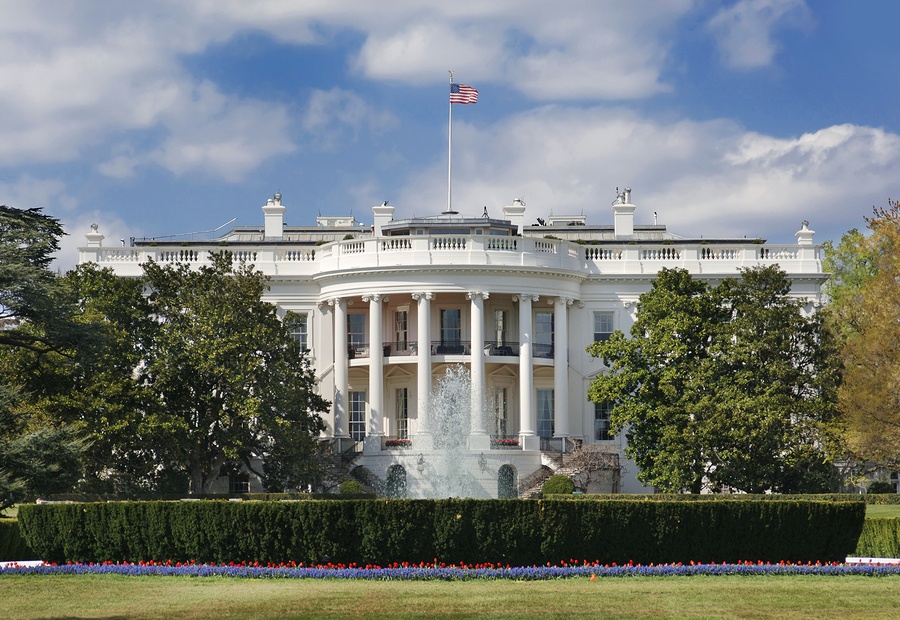

![Crucial Employee Benefits Trends [2020 Employee Benefits Benchmarking Study] - Featured Image](https://www.griffinbenefits.com/hubfs/benchmarking%20final.png)

